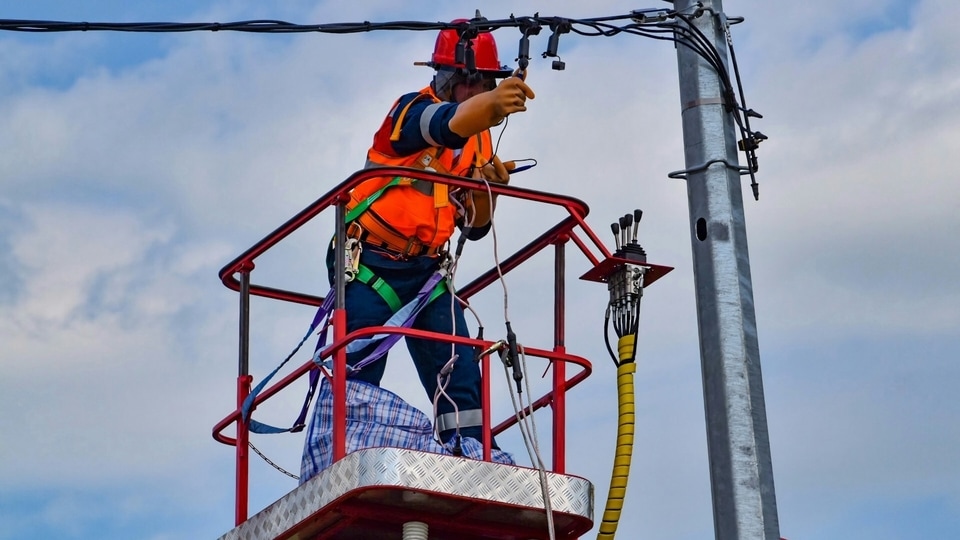NASA prepares for solar storm surge as new research unravels complexity of solar phenomena
NASA readies for a looming solar storm, expected to peak in 2024. Recent research reveals insights into diverse solar energetic particles, raising concerns for Earth's technology and space exploration.






 View all Images
View all ImagesIn anticipation of an impending solar storm set to peak by 2025, NASA is intensifying its preparations to mitigate potential impacts on Earth. Recent predictions by the National Oceanic and Atmospheric Administration (NOAA) indicate a revised forecast for Solar Cycle 25, suggesting a stronger-than-expected peak between January and October of 2024.
Solar cycles, recurring roughly every 11 years, mark fluctuations in the Sun's activity, notably evident through sunspots, areas where the magnetic field is exceptionally strong. With the upcoming peak, concerns are mounting regarding the potential consequences for our planet.
Also read: Geomagnetic storm on the cards today due to possible CME impact
Probing the Solar Outburst of April 17, 2021
Historically, solar storms have shown their disruptive capabilities. On April 17, 2021, an extraordinary solar eruption sent a massive cloud of solar material hurtling into space, reaching speeds near that of light. This event, observed by multiple spacecraft at various locations between the Sun and Earth, highlighted the diverse nature of solar energetic particles (SEPs) unleashed during such phenomena.
Led by Nina Dresing from the University of Turku, a team of scientists studied the particles' characteristics and origins. The analysis, published in Astronomy & Astrophysics, revealed that SEPs could pose a threat to technology, including satellites and GPS systems, while humans in space or on polar flight routes might be exposed to harmful radiation.
Also read: NASA's James Webb Space Telescope snaps NGC 604, unlocks some star formation mysteries
Solar Mysteries
Crucially, the research demonstrated that SEPs from this event originated from multiple sources and were propelled in different directions and at varying speeds. The study suggested that electrons and protons, constituting the SEPs, may have distinct origins and accelerations, shedding light on the complexity of solar events.
This discovery underscores the importance of adopting a multi-perspective approach to space exploration. As NASA gears up for future heliophysics missions, including the Geospace Dynamics Constellation, SunRISE, PUNCH, and HelioSwarm, the focus will be on deploying multiple spacecraft to gain a more comprehensive understanding of widespread solar phenomena.
The forthcoming missions, such as MUSE, IMAP, and ESCAPADE, are poised to delve deeper into explosive solar events and particle acceleration within the solar system. As Earth braces for the approaching solar peak, NASA's commitment to advancing our understanding of these celestial events remains paramount in safeguarding both technology and human endeavours.
Catch all the Latest Tech News, Mobile News, Laptop News, Gaming news, Wearables News , How To News, also keep up with us on Whatsapp channel,Twitter, Facebook, Google News, and Instagram. For our latest videos, subscribe to our YouTube channel.
































